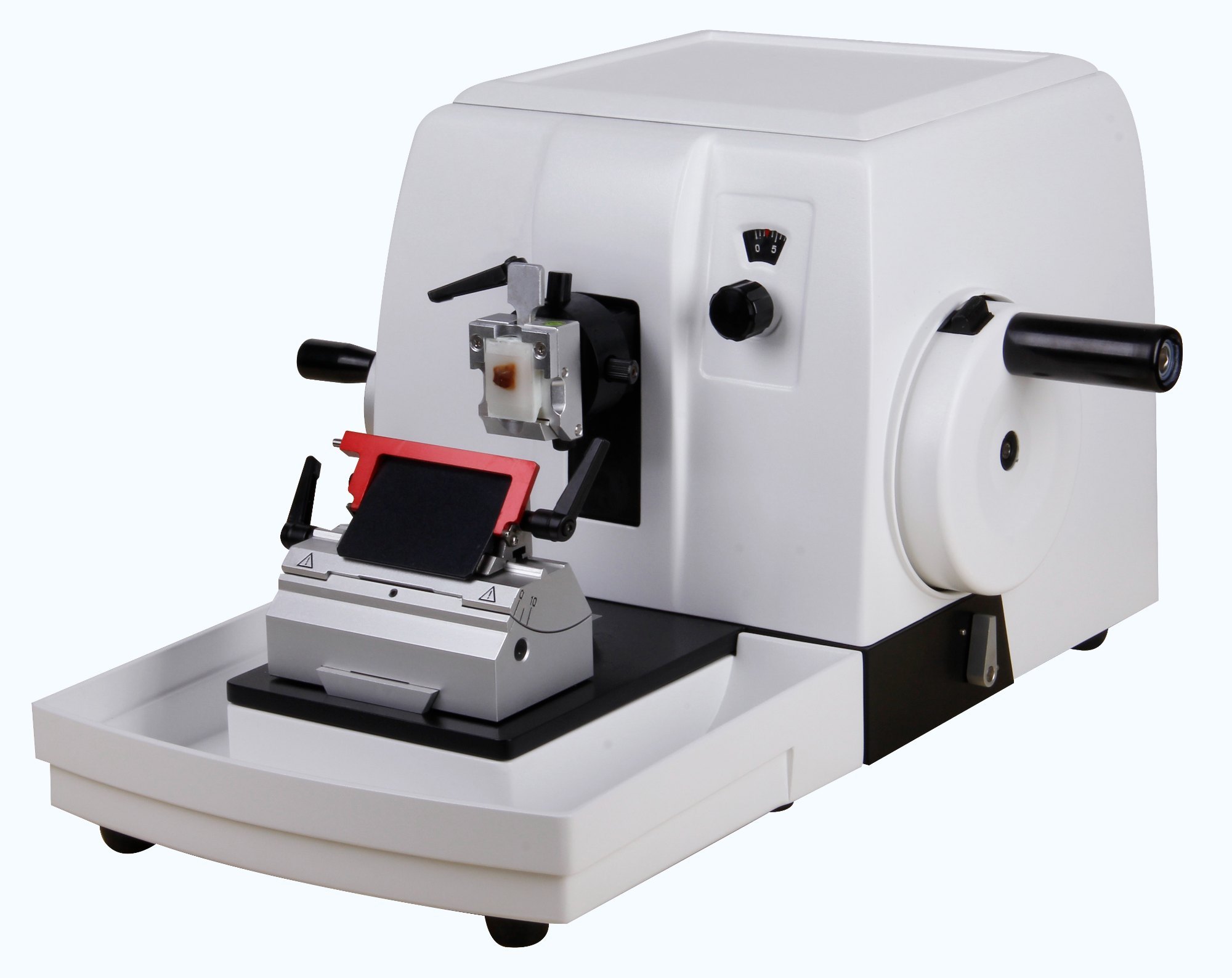In the vast realm of scientific exploration, precision is the key to unlocking the mysteries of the microscopic world. One indispensable tool that stands at the forefront of this pursuit is the microtome. Let’s delve into the intricate world of microtomes, unraveling their significance, types, and the groundbreaking role they play in scientific discoveries.
Read more about Magic of Polarimetry
Contents
The Genesis of Precision: Understanding Microtomes
What is a Microtome?
A microtome is a specialized instrument designed for cutting extremely thin slices of materials, primarily used in biological and material sciences. The name itself, derived from the Greek words “mikros” (meaning small) and “temnein” (meaning to cut), epitomizes its purpose – the meticulous sectioning of specimens for microscopic analysis.

The Anatomy of a Microtome
Blade Holder
The heart of any microtome lies in its blade holder. This component securely holds the cutting blade, ensuring a consistent and controlled cutting process. Modern microtomes often feature adjustable blade angles, enhancing precision.
Specimen Holder
Adjacent to the blade holder is the specimen holder, a platform where the sample to be sliced is securely placed. This component’s stability is crucial for obtaining uniform sections, a fundamental aspect of reliable microscopic analysis.
Feed Mechanism
Microtomes employ a feed mechanism that advances the specimen towards the blade at controlled increments. This ensures consistent section thickness, a critical factor for accurate results.
Rotary Microtomes
One of the most common variants, the rotary microtome, utilizes a circular motion to achieve continuous sectioning. This type is widely employed in histology laboratories for producing thin sections of tissues.
Cryomicrotomes
Cryomicrotomes take precision to sub-zero temperatures. Ideal for specimens that are temperature-sensitive, these microtomes operate in freezing conditions, ensuring minimal distortion and preserving cellular structures.
Vibrating Microtomes
In the realm of delicate samples, vibrating microtomes take the stage. Their oscillating motion reduces tissue distortion, making them invaluable for studies requiring utmost precision.
Microtomes in Scientific Advancements
Medical Research
In medical research, microtomes play a pivotal role in understanding cellular structures. From cancer research to neurology, the ability to examine tissues at a microscopic level is indispensable for groundbreaking discoveries.
Material Sciences
Beyond biological applications, microtomes find applications in material sciences. Whether analyzing polymers, metals, or ceramics, the precision of microtomes aids in uncovering the structural nuances that define material properties.
Choosing the Right Microtome: A Decision of Precision
Consideration Factors
Sample Type
Different samples demand different approaches. Biological tissues, polymers, or frozen specimens each require a specific type of microtome for optimal results.
Section Thickness
Precision is in the details. Choosing a microtome with adjustable section thickness is crucial for tailoring the analysis to the specific needs of the study.
Laboratory Throughput
In a high-throughput laboratory, efficiency is paramount. Selecting a microtome that aligns with the laboratory’s workload ensures seamless operations.
Unraveling the Future: Innovations in Microtome Technology
Automated Microtomes
The future of microtomes lies in automation. Automated microtomes leverage cutting-edge technology to enhance precision and streamline the sectioning process. This not only saves time but also reduces the risk of human error.
Digital Imaging Integration
Embracing the digital age, some microtomes now come equipped with digital imaging capabilities. This integration allows researchers to capture high-resolution images of the sliced specimens, fostering a more comprehensive analysis.
Conclusion
In the ever-evolving landscape of scientific discovery, microtomes stand as unsung heroes, enabling researchers to peel back the layers of the minuscule and understand the world at a cellular level. From their humble beginnings to the forefront of technological innovation, microtomes continue to be indispensable tools in the hands of scientists, unraveling the mysteries that shape our understanding of life and materials.



